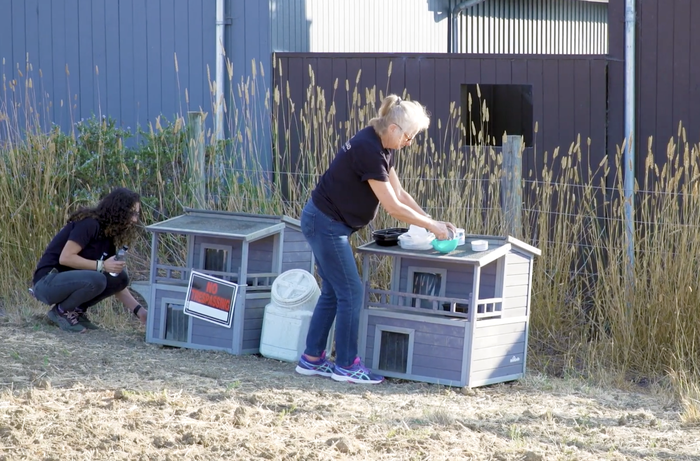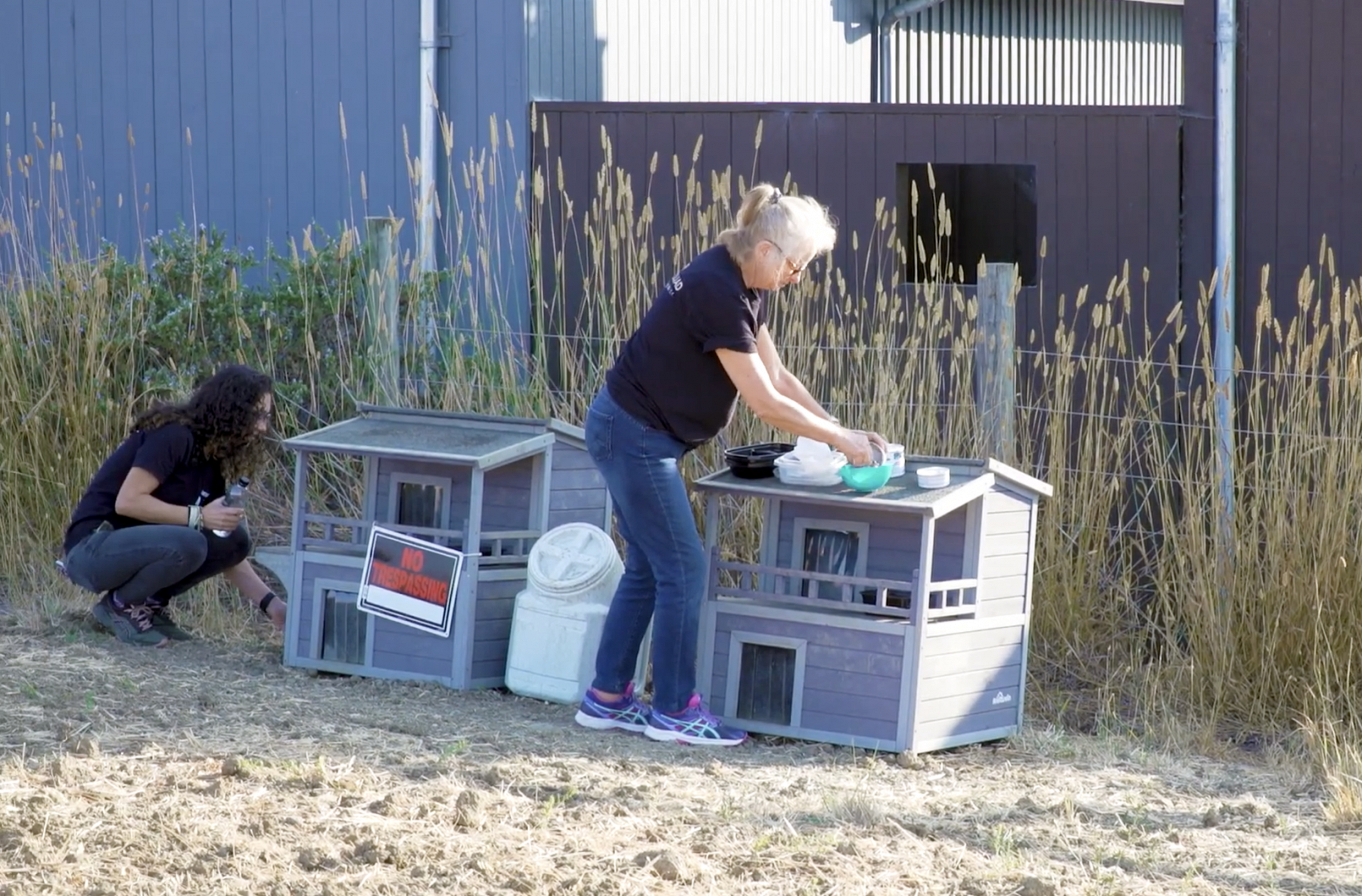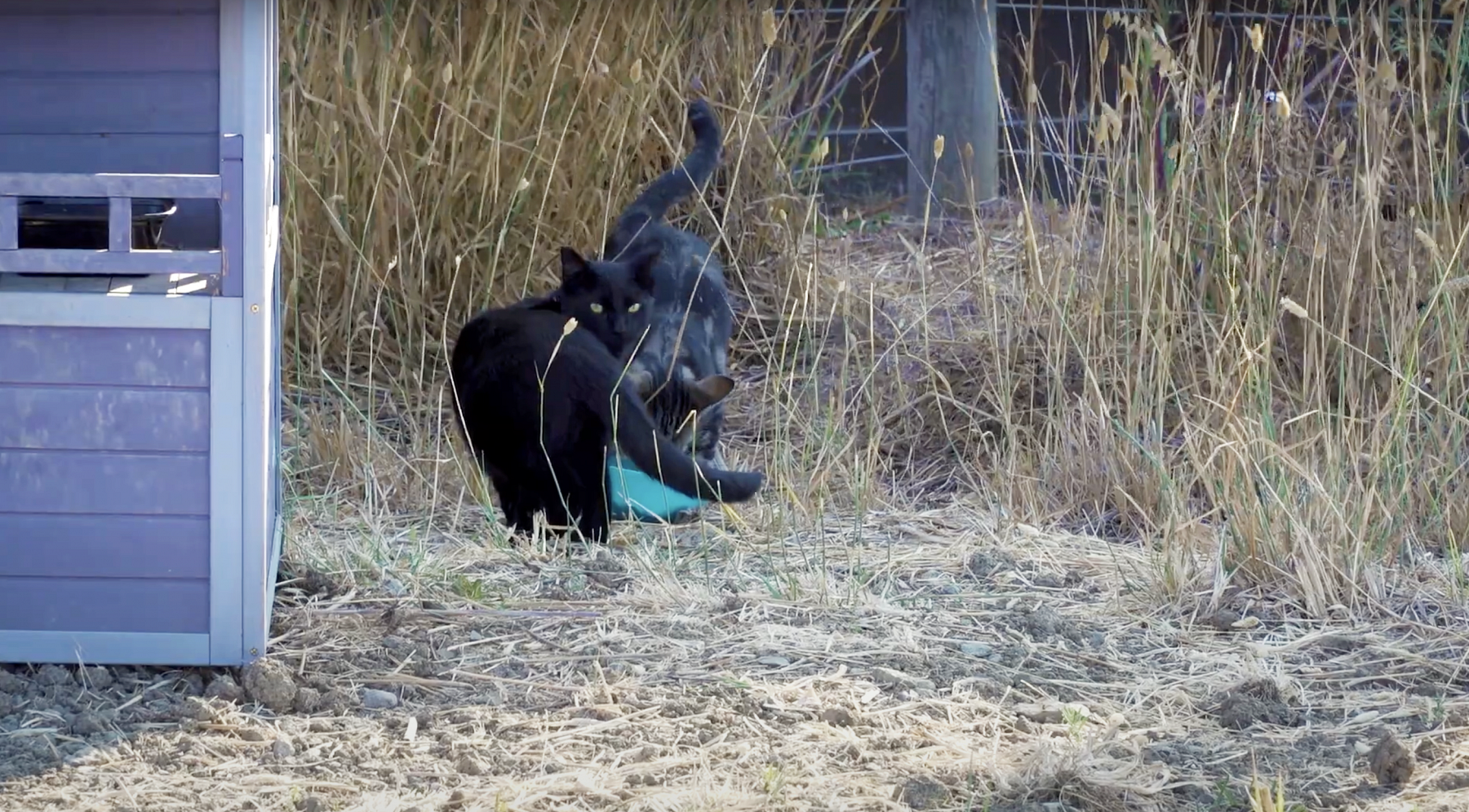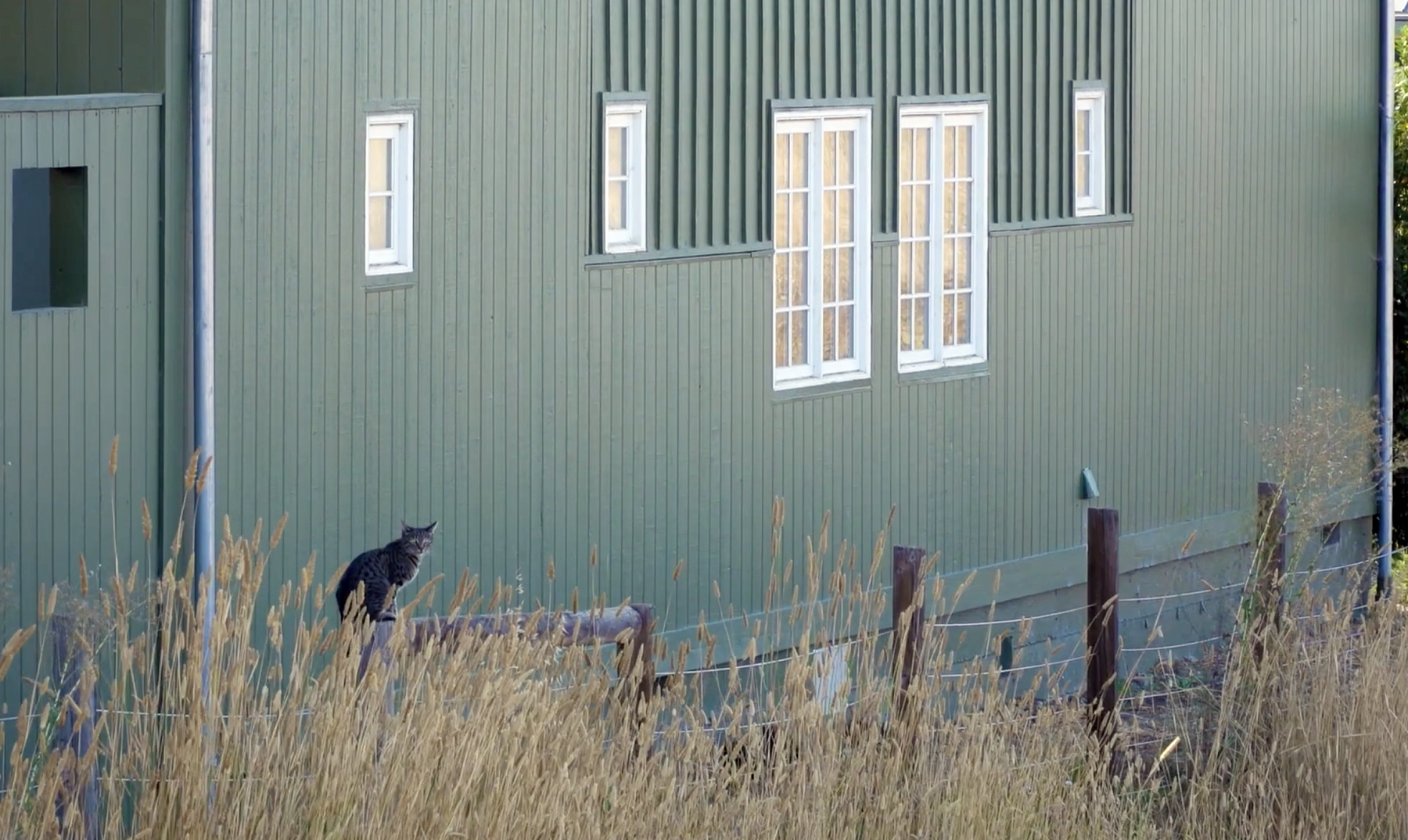Blog
Trap, Neuter, Return: A Sensible, Humane Solution to the Over-Population of Community Cats


Trap, Neuter, Return: A Sensible, Humane Solution to the Over-Population of Community Cats
By Jeffrey Richard, Jameson Humane Volunteer
What are Community Cats?
The term “community cats” is used in the animal care field to encompass two broad categories of unowned cats whose welfare is the responsibility of society as a whole: (1) feral cats who were born in the wild or who have lived apart from human society too long to have any realistic chance of again being socialized and living with humans, and (2) stray, lost or abandoned cats with a history of socialization. Depending on the gap in time since they were last socialized, some members of the latter group may be candidates for adoption if placed in the right hands. Young kittens of both groups stand the best chance of becoming socialized and suitable for adoption, but only up to about four months of age. Still, the vast majority of community cats would not be able to adjust
to life in the homes of humans.

The fact is that the population of community cats is growing exponentially. In turn, such rampant growth exacerbates the negative impacts on local residents and their pets and on the ecological balance of the territories the cats inhabit. But the most heart-rending reality of over-population is that too many community kittens are suffering from being born into unlivable conditions.
The Role of Jameson Humane
Jameson Humane is helping to carry out the community’s responsibility to care for community cats. In early 2021, Jameson set up a Community Cat Care program in collaboration with its staff and volunteers to care for and oversee two feral communities on the property of a popular resort in Napa Valley.
In addition to providing daily fresh food, water and shelter, the trained and observant Jameson Humane team members assess the cat communities every day – looking for any nuances such as potential medical needs, new members to the group, whether the new cats have a tipped ear which indicates the cat has been altered, and so on. The team members would then trap the new cat to assess any medical needs including whether it has been spayed or neutered, they would scan for a microchip to determine if it has gone missing from its home, and finally, if it should remain in the wild or whether it is a candidate for potential socialization and adoption.
Trap-Neuter-Return Is the Best Way to Control Community Cat Populations Humanely.
In the Trap-Neuter-Return (TNR) process, community cats are humanely trapped (with box traps), brought to a qualified professional (e.g., a private veterinary clinic or a non-profit spay/neuter service provider) to be spayed or neutered, vaccinated, ear-tipped and then returned to their territories. As stated on the website of Napa Humane, “Trap-Neuter-Return … is the single most important thing to do” to care for community cats. Napa Humane urges those who care about cats to initiate the TNR process to “prevent future generations of cats by ensuring that kittens are not born into an uncertain future.”

Community cats, like all cats, are hunters by nature and their colonies establish territories just as big cats do in the wild. Accordingly, after trapping and neutering a community cat, it is critical to their survival to release them within a short distance (preferably within one block or so) from where they were trapped so that they may rejoin their colony and its support system.
It should be noted that the act of willfully abandoning an animal is a misdemeanor under California Penal Code section 597s. But in general, the act of trapping, neutering and releasing a community cat in an area likely to allow it to rejoin its “family” colony has been recognized as an acceptable and legal practice. Perhaps the most sweeping example of this recognition is the City of Los Angeles’s comprehensive TNR program that survived years of legal challenges, related refinements, and environmental impact analyses.
Locally, the County of Napa through its Animal Shelter offers rental of traps to members of the public for TNR purposes and provides vouchers for presentation to the clinic to defray the cost of spaying and neutering. Information about the County voucher program can be found here. The Animal Shelter’s rental of traps is free of charge except for a $50 deposit that is refunded if the traps are brought back in good condition and in a timely manner. The rental program is described on the Animal Shelter website as follows:
“The Napa County Animal Shelter will rent traps to feral cat advocates and members of the community within Napa County that want to control the free-roaming cat population in their neighborhoods. With minimal human intervention, our humane traps are used for trapping cats in order to be spayed/neutered and then re-released back to where they were found. The Community Cat Program (formerly Trap-Neuter-Release) is really the way to go to prevent unwanted kitten litters and keep healthy cats from unnecessarily entering the shelter system.”
In addition to low cost spay/neuter clinics such as Napa Humane, Jameson Humane allocates a spay/neuter budget for feral cats as part of its annual budget. Regionally, we work with rescues, shelters, and independent community cat caregivers in a six-county radius to assist with spay/neuter services and other medical resources for community cats.
With the advent of the Jameson Humane Vet Mobile in late 2021, our goal is to respond to the need of spay/neuters in large populations of feral communities to stem the tide of what can easily become an overpopulation crisis. To contribute to the success of our Mobile Vet and help animals in need, you can donate here.
Additional Resources:
Jameson Humane Community Animal Assistance Program (CAAP)
Calistoga Cat Action Team (CCAT)
